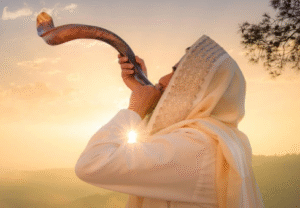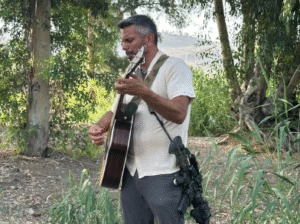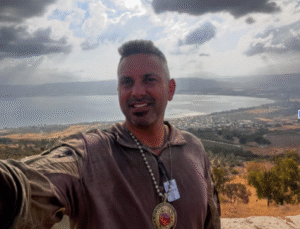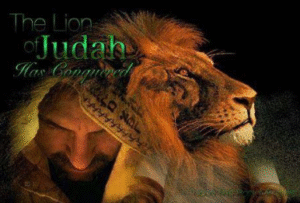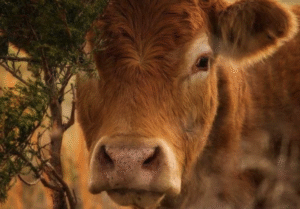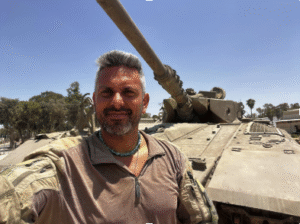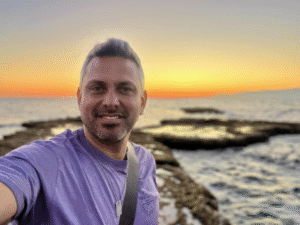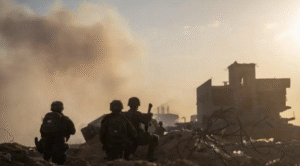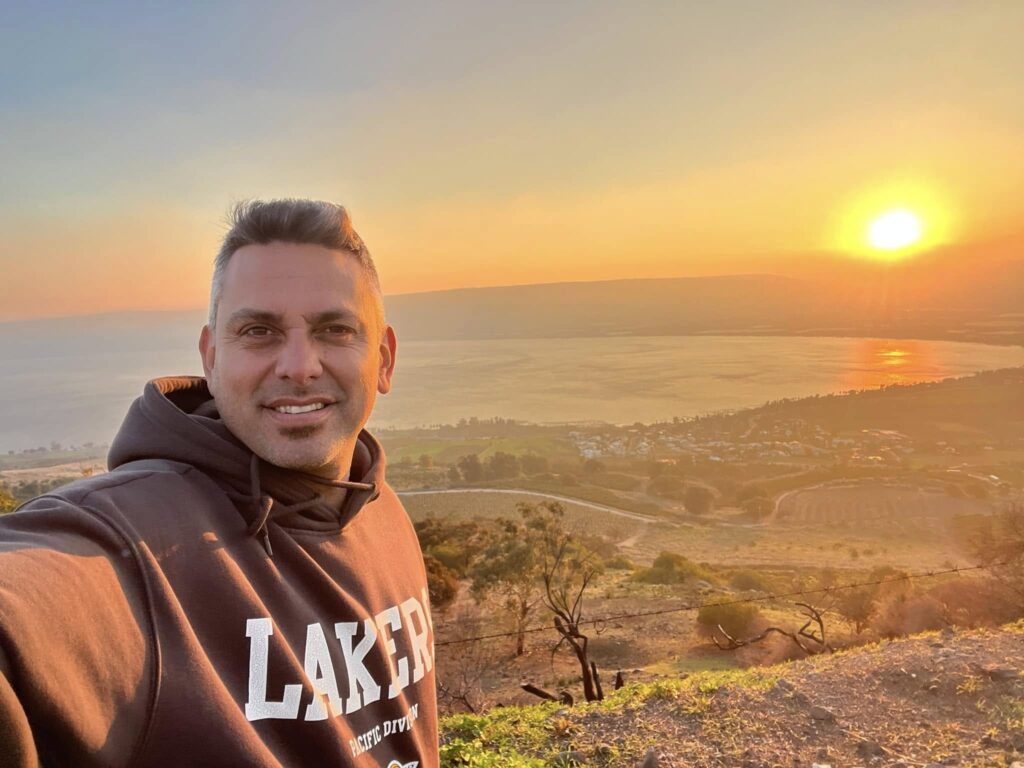
Galilee of the Nations: A Reflection on the Redemption, Intercessory Worship, and the Priestly Call of Believers
The land of Israel is a tapestry of prophetic fulfillment, historical significance, and divine promise. Among the most significant places within this land is the Galilee of the Nations (Isaiah 8:23, Hebrew Bible/Isaiah 9:1, Christian versions), a region prophesied to play a key role in the coming of the Messiah and the gathering of the nations.
This article explores the scriptural, spiritual, and intercessory dimensions of this region, connecting it to the broader themes of redemption, worship, and the eternal priesthood of Melchizedek.
This article explores the scriptural, spiritual, and intercessory dimensions of this region, connecting it to the broader themes of redemption, worship, and the eternal priesthood of Melchizedek.
The Light of Galilee: A Messianic Fulfillment
The prophet Yeshayahu (Isaiah) foresaw a time when the Galilee of the Nations would be transformed from a place of anguish into one of great light:
“For there is no gloom to her that was in anguish… but in the latter time, He made it glorious, by the way of the sea, beyond the Jordan, Galilee of the nations.” (Isaiah 8:23, Hebrew Bible)
“The people that walked in darkness have seen a great light; they that dwelt in the land of the shadow of death, upon them has the light shined.” (Isaiah 9:1, Hebrew Bible/Isaiah 9:2, Christian versions)
This prophecy finds its fulfillment in the ministry of Yeshua HaMashiach (Jesus the Messiah), who began His public ministry in the Galilee, bringing healing, teaching, and the proclamation of the Kingdom of Elohim (Matthew 4:12-17). The Galilee, therefore, symbolizes the intersection of divine purpose and human history—a place where light pierces darkness and hope is restored.
Intercessory Worship: The Priestly Call of Believers
The concept of intercessory worship is deeply rooted in the Melchizedekian priesthood, which is eternal and centered on worship and mediation. Unlike the Levitical priesthood, which was temporary and tied to the sacrificial system, the priesthood of Melchizedek—fulfilled in Yeshua—is based on the power of an indestructible life (Hebrews 7:11-28). This priesthood invites all believers to participate in a lifestyle of worship, intercession, and divine partnership.
As priests in the order of Melchizedek, believers are called to stand in the gap for the nations and for Israel, lifting their voices in prayer and praise:
“Even them will I bring to My holy mountain, and make them joyful in My house of prayer; their burnt-offerings and their sacrifices shall be acceptable upon My altar; for My house shall be called a house of prayer for all peoples.” (Isaiah 56:7)
The vertical connection—prayer, praise, and proclamation—is at the heart of this priestly ministry. In the Galilee, this connection is symbolized by fields of wheat  and the ten white trucks—a vision of provision, partnership, and the harvest of nations. The fields represent the readiness of the nations to hear the Word of Elohim, while the trucks signify the movement of His purposes across the earth.
and the ten white trucks—a vision of provision, partnership, and the harvest of nations. The fields represent the readiness of the nations to hear the Word of Elohim, while the trucks signify the movement of His purposes across the earth.
The Blueprint of Worship: From Tabernacle to Temple
King David’s vision for worship was not limited to the physical structure of the Temple but was rooted in the simplicity and intimacy of the Tabernacle of David. This vision carried forward into the plans for the Temple, as described in 1 Chronicles 28:11-19. The detailed design, inspired by the Spirit of Elohim, emphasized worship as the central focus and the Ark of the Covenant as the dwelling place of Elohim’s presence
Similarly, believers today are called to be living temples, offering their bodies as spiritual sacrifices:
“Present your bodies as a living sacrifice, holy and acceptable to God, which is your spiritual worship.” (Romans 12:1)
This transition from physical structures to spiritual realities reflects the New Covenant, where the presence of Elohim dwells within His people (1 Corinthians 6:19). The ultimate altar is the sacrifice of Yeshua, and the dwelling place is the hearts of those who believe in Him.
Crossing Over: The Call of Abraham and the Jordan River
The term Ivri (Hebrew), derived from the root meaning “to cross over,” highlights the journey of Abraham and the faith required to step into Elohim’s promises. This concept of crossing over is echoed in the story of the Jordan River, where the people of Israel entered the Promised Land:
“Joshua said to the people, ‘Sanctify yourselves, for tomorrow the Lord will do wonders among you.'” (Joshua 3:5)
The Jordan River symbolizes a place of transition, promise, and renewal.
From Elijah’s miraculous crossing (2 Kings 2) to Yeshua’s baptism, where the heavens opened and the Spirit descended (Matthew 3:17), the Jordan represents the intersection of heaven and earth. It is a call to partnership, priesthood, and proclamation.
From Elijah’s miraculous crossing (2 Kings 2) to Yeshua’s baptism, where the heavens opened and the Spirit descended (Matthew 3:17), the Jordan represents the intersection of heaven and earth. It is a call to partnership, priesthood, and proclamation.
The Gathering of the Nations: A Prophetic Vision
The prophetic vision of the nations streaming to Jerusalem is a recurring theme in Scripture. Micah prophesies:
“And many nations shall come and say, ‘Come, let us go up to the mountain of the Lord, to the house of the God of Jacob, that He may teach us His ways and that we may walk in His paths.'” (Micah 4:2)
This vision finds its ultimate fulfillment in the New Jerusalem, where the nations bring their glory into the city:
“The nations will walk by its light, and the kings of the earth will bring their glory into it.” (Revelation 21:24)
The Feast of Sukkot (Tabernacles) provides a foretaste of this gathering, as it is a time when all nations are invited to worship the King of Kings in Jerusalem (Zechariah 14:16). It is a prophetic declaration of unity, peace, and the reign of Elohim.
A New Thing: Streams in the Wilderness
Elohim declares His ability to do the impossible, bringing streams in the desert and making a way in the wilderness:
“See, I am doing a new thing! Now it springs up; do you not perceive it? I am making a way in the wilderness and streams in the wasteland.” (Isaiah 43:19)
This promise is a call to faith, reminding us that Elohim’s provision is not limited by circumstances. Just as He provided manna in the desert and water from the rock, He continues to sustain His people today, both spiritually and physically.
The Harvest of Nations: A Time of Redemption
The words of Yeshua encapsulate the heart of the harvest:
“Unless a grain of wheat falls into the ground and dies, it remains alone; but if it dies, it produces much fruit.” (John 12:24)
This principle of sacrifice leading to fruitfulness is mirrored in the work of redemption. The fields of wheat in the Galilee remind us of the spiritual harvest awaiting those who labor in intercession, evangelism, and discipleship.
Aliyah and Redemption: Open the Gates
As believers, we pray for the opening of the gates—for Aliyah, redemption, and the return of Elohim’s people to their inheritance:
“The Lord God, who gathers the dispersed of Israel, says: ‘Yet I will gather others to him, besides those of him that are gathered.'” (Isaiah 56:8)
The wells of salvation, once blocked by opposition, must be reopened. This is a call to intercede for the restoration of Israel and the fulfillment of the promises made to Abraham and his descendants (Genesis 18:18-19).
Conclusion: The Priestly Call to Worship and Redemption
The Galilee of the Nations is more than a geographical location—it is a spiritual reality, a place where prophecy, worship, and redemption converge. From the ministry of Yeshua to the gathering of the nations, the Galilee stands as a testimony to Elohim’s faithfulness and His desire to bring light to the darkness.
As believers, we are invited to embrace our priestly call, living as intercessors and worshippers in the order of Melchizedek. We pray, proclaim, and partner with Elohim in His redemptive plan, trusting in His provision and rejoicing in His promises.
May the light of the Galilee shine brightly, drawing all nations to the house of prayer for all peoples, where the name of Elohim is glorified and His presence dwells forever.
Baruch HaShem—blessed be His Name!
Why Do the Nations Rage?
Why Do the Nations Rage? (Psalm 2, Prophetic Scriptures, and Our Hope in Yeshua the…
100,000,000*100 million for Israel Is it possible you ask?
100,000,000 100 million for Israel Is it possible you ask? 10,000 × 10,000 Watchmen: Gold…
The Shofar, the Covenant, and the Call to Step Forward in Faith
The Shofar, the Covenant, and the Call to Step Forward in Faith Shalom in the…
The Root of Bitterness — The Life of Ahithophel
The Root of Bitterness — The Life of Ahithophel The Torah and the Prophets speak…
Israel’s Hope, Israel’s Restoration, and Boldness in the Last Days
Israel’s Hope, Israel’s Restoration, and Boldness in the Last Days Every generation faces the question:…
Entering the Throne of Grace: A Call to Mercy, Holiness, and Awakening
Entering the Throne of Grace: A Call to Mercy, Holiness, and Awakening We live in…
Prayer, Prophecy, and Obedience in the Midst of War and Restoration
Prayer, Prophecy, and Obedience in the Midst of War and Restoration Joel’s Cry: Priests Between…
The Process of Inheritance, the Red Heifer, and the Restoration of Israel
The Process of Inheritance, the Red Heifer, and the Restoration of Israel The Question of…
Living in Step with the Ruach HaKodesh — Avoiding Blasphemy, Walking in the Spirit, and Not Grieving Him
Living in Step with the Ruach HaKodesh — Avoiding Blasphemy, Walking in the Spirit, and…
Overcoming Fear: A Kingdom Perspective Rooted in Scripture
Overcoming Fear: A Kingdom Perspective Rooted in Scripture By: Chaim Malespin What Is Fear? Fear—have…
A Generation Under Siege: Holiness, Authority, and the Battle for the Innocent
A Generation Under Siege: Holiness, Authority, and the Battle for the Innocent Woe to Those…
Multiply: A Divine Mandate and a Blueprint for Kingdom Growth
Multiply: A Divine Mandate and a Blueprint for Kingdom Growth From the very beginning of…

